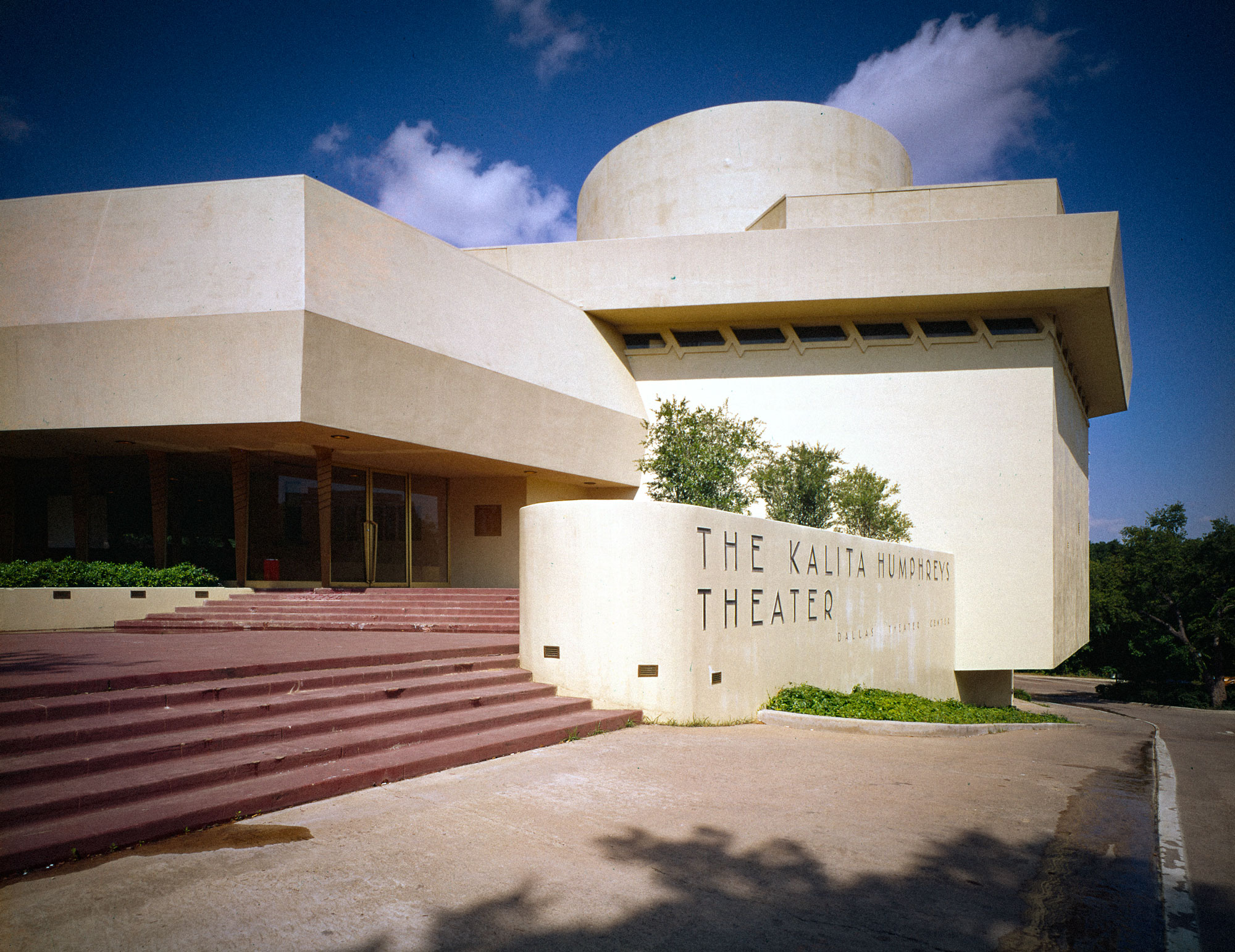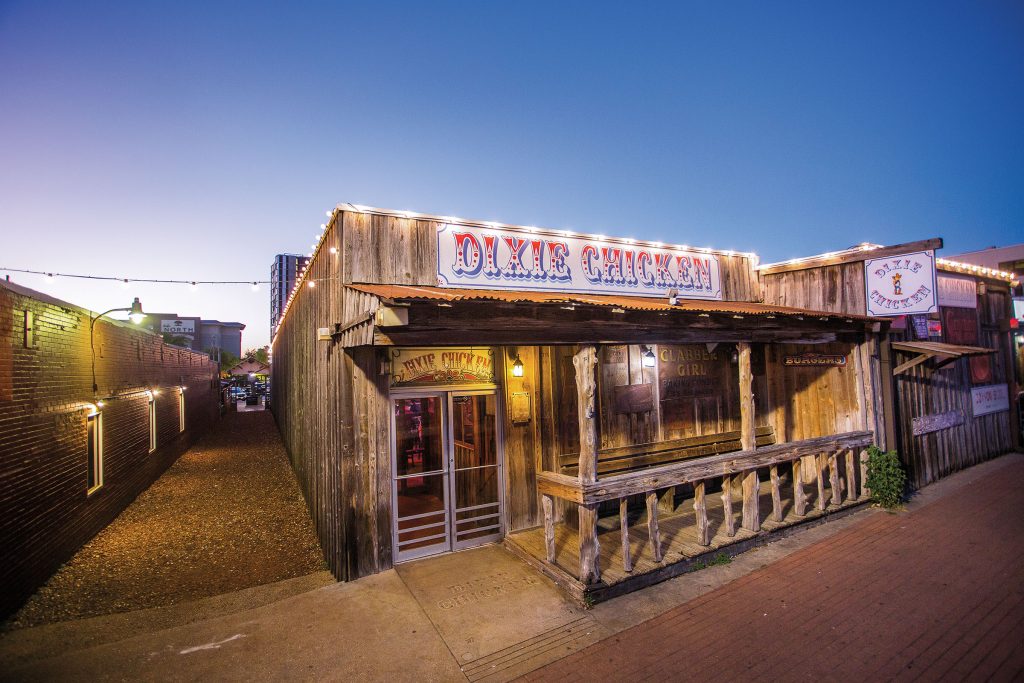
The Kalita Humphreys Theater in Dallas is Frank Lloyd Wright’s only free-standing theater. Photo from Texas Department of Transportation archives
The only free-standing theater designed by famed architect Frank Lloyd Wright ever built is located in Dallas’ Oak Lawn neighborhood.
Upcoming Shows
Andrea González Caballero, May 18
Experience the musical stylings of “the female voice of the Spanish guitar.” Her music will highlight one of the elements that makes the Kalita special—its acoustics.
Preservation Dallas Achievement Award Ceremony, May 21
Join Dallasites who are passionate about preserving the city’s history at the 25th annual awards ceremony.
The Prom, July 12-28
Presented by Uptown Players, this comedic musical, based on true events, follows four washed-up Broadway actors who travel to a small town to support a teenage lesbian couple banned from their high school prom, and try to steal the spotlight for themselves.
Boys in the Band, Aug. 16-25
Recently revived on Broadway and adapted into a 2020 Netflix film, this play—also presented by Uptown Players—is a thought-provoking exploration of friendship and identity, centered around a group of gay men in 1968.
Dracula: A Comedy of Terrors, Oct. 11-Nov 23
Presented by the Dallas Theatre Center, this play is billed as “what happens when you take Bram Stoker’s legendary story and put it into a blender with Mel Brooks, Monty Python, and The 39 Steps.”
Nestled into a hill alongside Turtle Creek, the site was built for the Dallas Theatre Center (DTC) in 1959. The curving white building is part of Wright’s late career and incorporates ideas that he explored over decades. His original design had been created for a West Coast theater in 1915 and later adapted for Hartford, Connecticut—but much to Texas’ luck, the others were never made. The theater, which seats up to 404 people, is one of four buildings in the state Wright built and is the only publicly accessible one.
Named after the late actress Kalita Humphreys, who worked with the DTC’s first director, Paul Baker, the theater cost roughly $1 million when construction first began in 1958. Wright designed it according to the principles of “organic architecture,” a design philosophy that prioritized harmony with the natural world and emphasized space rather than containment. He also envisioned what he called the “New Theater,” which would give performers the tools for “achieving greater impact of actor upon audience.” He opted to ditch the traditional proscenium configuration—in which the arch around a stage acts like a picture frame—and built a modified thrust stage that juts out into the audience with a revolving center platform.
“Even if you’re in the back row, you still feel much closer to the action than you do, say, in a Broadway house,” says Jeff Rane, executive producer of the Uptown Players group. “Sometimes having the stage be round becomes a little bit of a challenge but if you take advantage of it, it highlights Frank Lloyd Wright’s intentions with the space.”
Lately, that vision has been in danger. For years, the theater’s upkeep has been in decline. In May, Dallas passed a proposition allocating $8.9 million to address long-deferred maintenance issues. Funds will cover the Kalita’s repairs to the HVAC system and fire alarms, as well as other upgrades to improve public safety, security, the elevators, and both interior and exterior ADA accessibility. It also covers exterior repairs, water infiltration mitigation, and backstage area enhancements and replacements.
Though these repairs will help maintain the theater’s more immediate needs, the Kalita will remain in restoration limbo. Renovations proposed in a 2022 master plan recommended removing expansions made in 1969 and 1989 which altered the building’s distinctive profile, along with other structural updates.
Wright died just nine months before the building was complete, meaning he never got to see how it served the Dallas arts community. But in 2005, the theater was named a Dallas Landmark, recognizing its architectural significance and value to the city. As efforts to restore the theater continue, the venue remains active. Theater groups, musicians, and other artists still regularly perform. By catching a show here, audience members can become part of its illustrious history.








